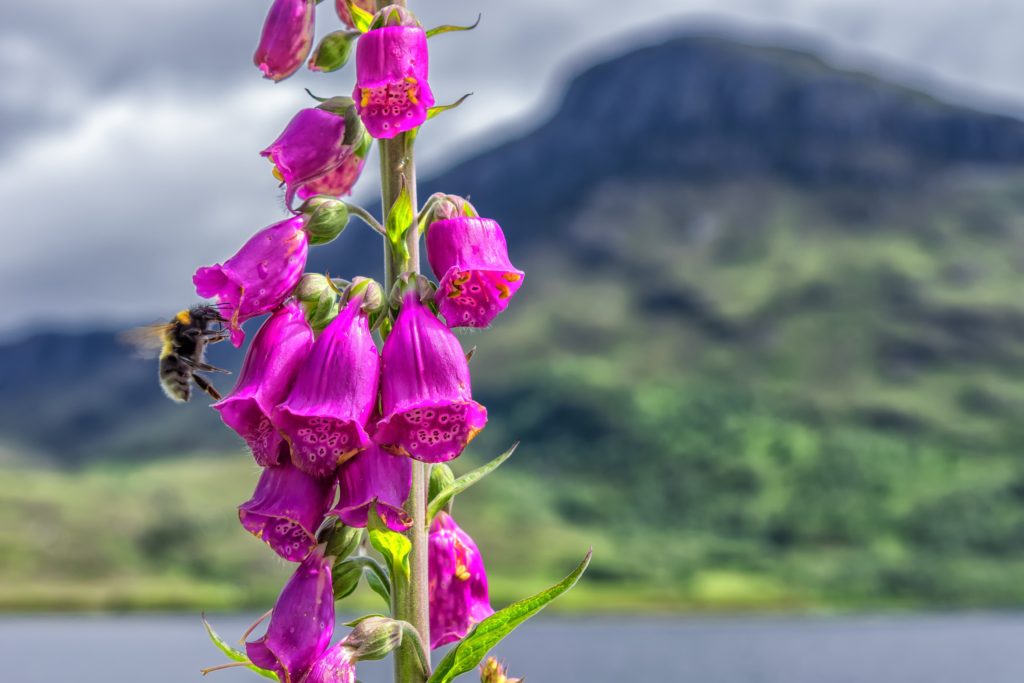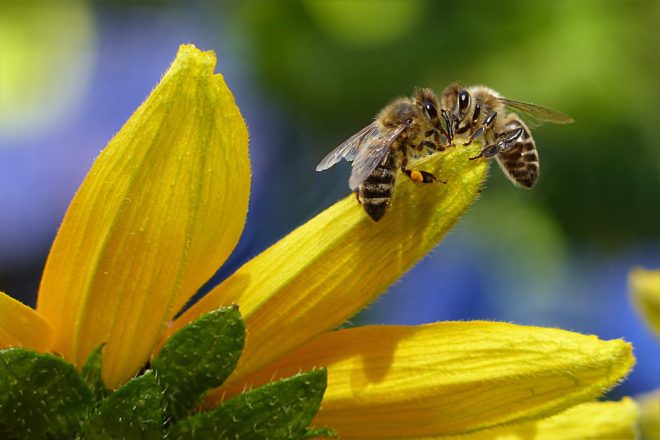No matter where you live . . .
Saving the bees isn’t an easy job, but it’s a crucial one if we want to help the global food production process. Because bees play a role in about one third of all the food we eat – from pollinating fruit to helping the veggies grow that animals eat – the fact that they’re dying out is a major concern. Pesticides and loss of habitat are a big part of the problem, so it’s important to help your local bee population thrive by giving them plenty of untainted food, water, and places to rest.
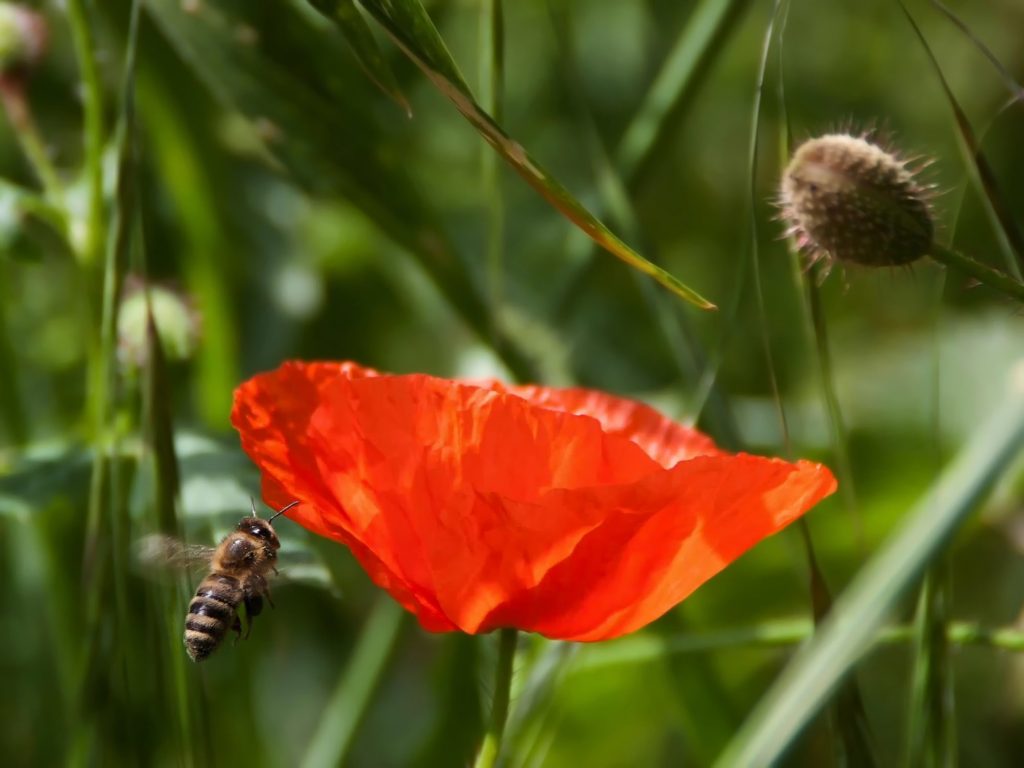
This may sound easier said than done, especially if you live in the city or don’t have a big space to in which to grow plants. However, you can create a perfect bee-friendly garden just about anywhere if you know where to start.
Here are the 6 best tips on how to do just that!
1) First and foremost . . .
It’s imperative to not use pesticides or other chemicals in your garden, as these are harmful to the bees and other pollinators. So, regardless of what you’re planting, choose plants that don’t require chemicals to keep them blooming and in tip-top shape.
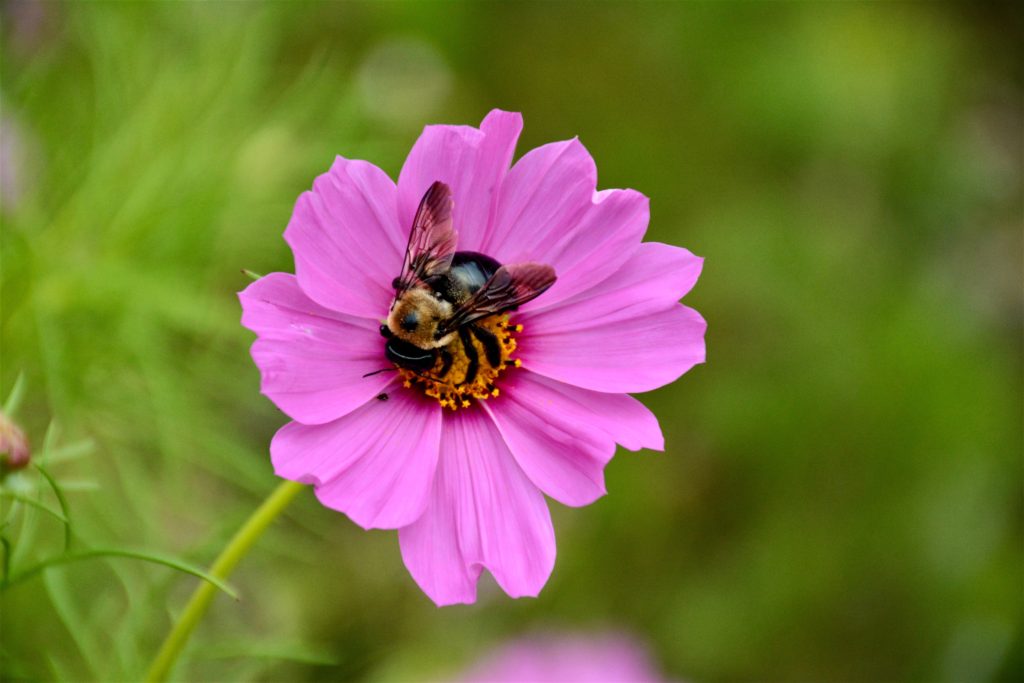
2) Plant an herb box
Bees aren’t just flower-lovers; they enjoy fruits, vegetables, and herbs, too. Even if you live in an apartment or small space, a window box is still an option. Fill it full of herb clusters, such as thyme, sage, parsley, chives, and dill. Or, plant a container of mint for your iced tea. There are several benefits to growing herbs, including the fact that they’re useful for cooking and entertaining. Not only will the bees enjoy a good snack, but you and your family can use them, too!

3) Start a community garden
If you live in the city or in a neighborhood that doesn’t have much room for greenery, consider starting a community garden. Talk to your local parks service, church or school about taking ownership of a small piece of land, or offer up a corner of your own lawn, and buy seeds, gloves, and gardening tools for everyone to use (or ask your local garden center for donations in exchange for promoting their business in press releases about your project). The kids in your community will love taking part in the planting; the process can help reduce stress and anxiety for adults, as well.
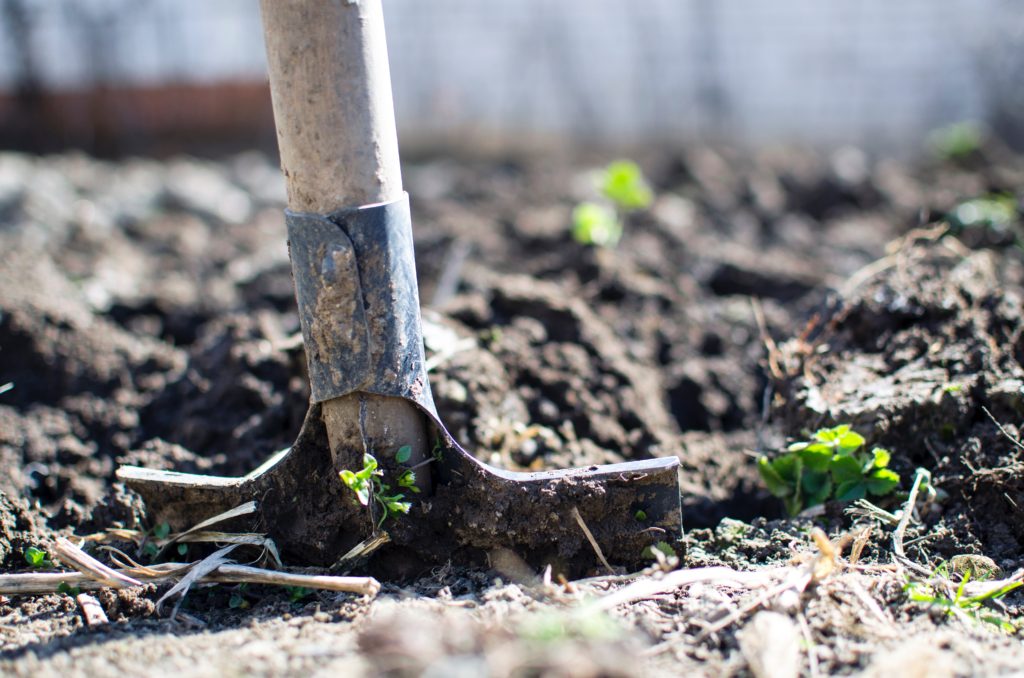
4) Mix veggies in with your blooms
If you have more space in your front yard than you do in the back, consider mixing some veggies in with those blooms. Different variations of artichokes, zucchini, broccoli, and garlic all have lovely flowers that will mix in well with the rest of your greenery. Just be sure to keep these close to your home and protected from animals and passerby. Also, it’s important to make sure this area gets enough sun during the day. Otherwise your plants won’t do well.
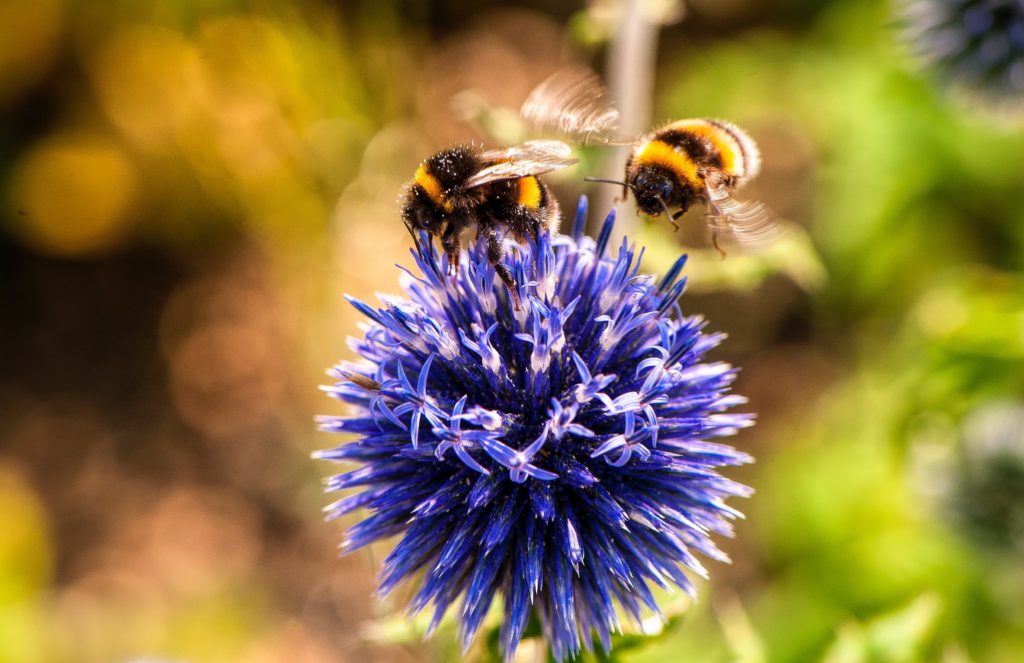
5) Cover all the bees’ needs
Bees don’t just need yummy flowers, they also need a safe place to rest and recover from long travels. When you’re planting, keep clusters of the same flower together so the bees won’t have too far to fly. Place a small bowl or birdbath full of water and unless it’s a very shallow bird bath, add protruding rocks next to the flowers so the bees will have a place to land and get a drink without drowning.
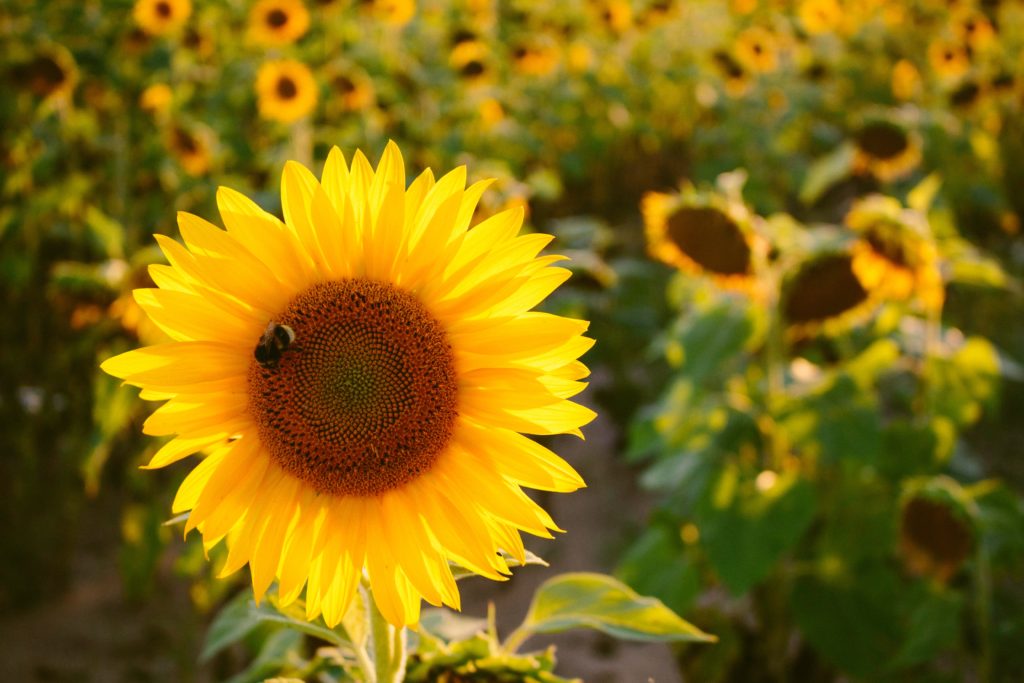
6) Spread the word
It’s important to not only do your part in saving the bees, but also spread the word about how others can help. Share the bees’ plight with your neighbors and community and talk about ways everyone can make a positive change, such as supporting local farmers and beekeepers and buying local honey.
Many people are afraid of bees, especially those with allergies to their stings. Remember that bees are much more interested in those flowers than they are in you, and will mostly keep to themselves unless they are provoked.
